By Michael Heidler –
One of the most famous machine guns of the World War I, the Lewis MG, was based on a basic design by Samuel McClean. However, the eager tinkerer and inventor himself was denied great success throughout his life.
The name Samuel Neal McClean means something to only a few machine gun enthusiasts today. Yet the man was extremely active in this field and ultimately held more than 150 patents for weapons technology alone. Along the way, he also invented and improved washing machines, spark plugs and other devices.
McClean was born in Columbus City, Iowa, in January 1857. At the age of 28, he successfully completed his studies in human medicine at the University of Iowa and then practiced medicine in Washington. In the course of time, however, his penchant for technology probably gained the upper hand and, in 1896, he dissolved his medical practice. From then on, McClean devoted himself to the development and improvement of all kinds of technical equipment. And, of course, weapons.
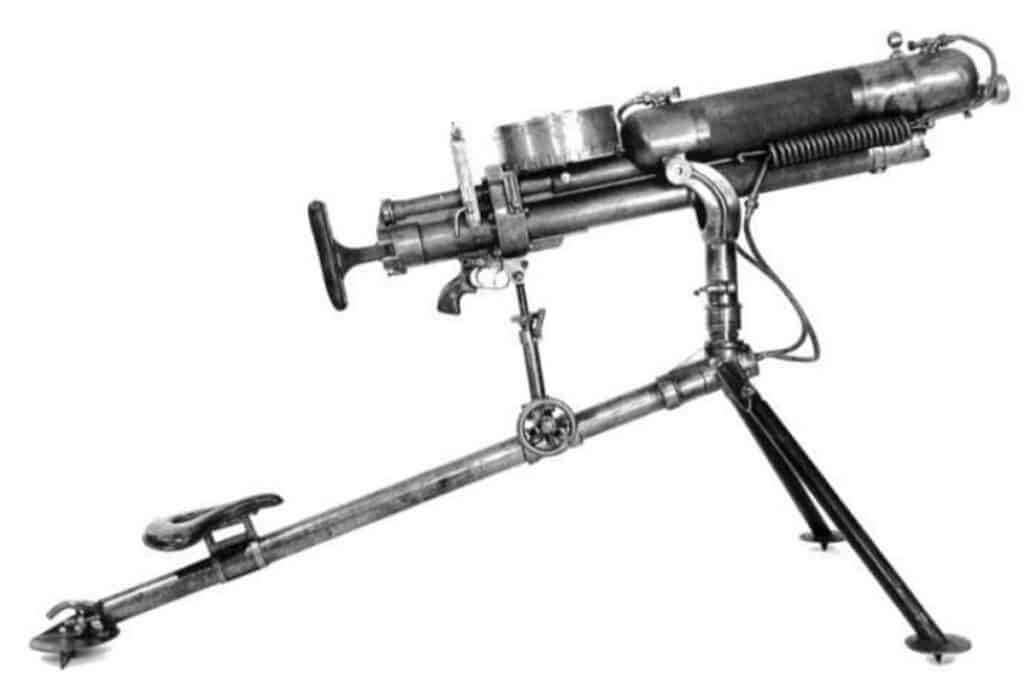
In 1900, he therefore founded his own McClean Arms & Ordnance Company in Cleveland, Ohio and hoped to successfully market his projects. One of the first was a self-loading pistol and automatic cannon called the 37mm L/51 Automatic Cannon Mk I. Basically, the cannon was equivalent to an oversized gas-operated semi-automatic rifle. A new feature was the possibility of continuous fire. In the spring of 1901, 670 rounds were fired with it at Sandy Hook Proving Ground, but the results were not very satisfactory. Malfunctions and defects brought the test to an early end. But even after revision and new trials, firing bursts never succeeded without problems. Even though the U.S. Army showed no interest in it, the company was able to sell some copies abroad, such as 218 rifles to Russia.
At the same time, another major project was underway, namely a water-cooled machine gun. McClean was so convinced of success that he invested almost his entire fortune in the development of this weapon. Contrary to expectations, the work dragged on and turned out to be more difficult than he had foreseen. The expenses were offset by only a small income from sales and McClean was forced to sell his company to investors. However, he himself remained general manager and continued to work on his projects. In 1908, he brought the U.S. Army officer Ormond Mitchell Lissak on board as support. Together they developed a water-cooled gas-operated weapon. The complicated design tended to jam and failed U.S. Army and U.S. Navy tests. By this time, the company’s coffers were already alarmingly depleted and in December 1909, the Arms & Ordnance Company was forced to close. All patents were transferred by the investors to the newly founded Automatic Arms Company the following year.

McClean was now no longer there. He moved to the innovation department of the automobile manufacturer General Motors as an employee. The Automatic Arms Company now recruited the U.S. Army officer and weapons engineer Isaac Newton Lewis to give the machine gun project a successful turn after all. And the decision was a good one, because on the basis of the preliminary work Lewis developed a light, air-cooled machine gun with a drum magazine on top, which was then produced in large numbers during the World War I. McClean took legal action against the transfer of his patents in 1920, but he lost the case. He was not allowed to share in the success of the Lewis machine gun.
Even after the World War I, Samuel McClean was not defeated. In the meantime, he had earned money again with his work at General Motors and his civilian inventions and tried his hand again in the weapons sector. He developed an automatic rifle that could also fire bursts. Ideally, it was fired from a tripod with a small seat for the shooter on the rear strut. The unusual magazine is built like a ring and is slid over the rifle from the front until it locks in its place. The cartridge feed is from the top, the case ejection to the lower left.
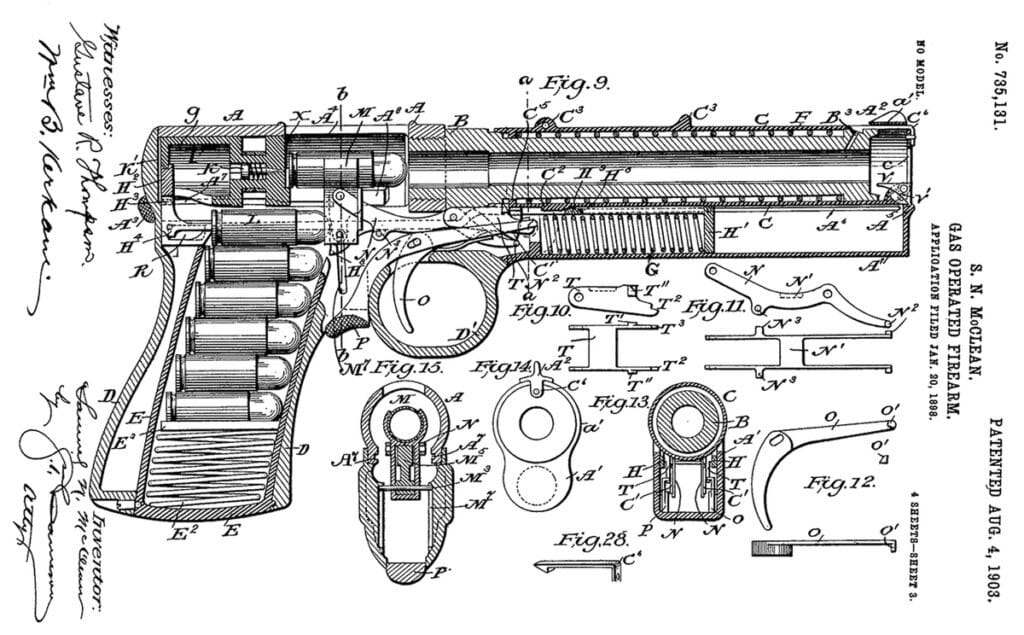
The gas-operated system of the weapon resembles that of his early machine guns. The weapon is not an aesthetically pleasing sight. Below the barrel sits an unusually large gas tube, containing a push rod with a sealing disc of a proud 2.6cm diameter. There is no fire selector, but there are two triggers. The rear one for semi-automatic function and the front one for continuous fire. The system is cocked by a handle on the right side. It moves during firing and can be folded down when not in use. The barrel and the gas tube are additionally connected with a clamp, on the underside of which the foregrip is attached. In contrast to most other automatic weapons, the bolt does not lock via a few sturdy lugs but via interrupted-thread style locking lugs milled into both sides.


McClean gave the rifle to the U.S. Navy in 1919 for testing at the Naval Air Station in Anacostia (Washington D.C.). Unfortunately, without success. After this renewed failure, he gave up gun building for good and continued to work at General Motors. Samuel Neal McClean died in Cleveland on 30 May 1930.
Due to fortunate circumstances, the only one produced has been preserved to this day. Albeit without a magazine. And unfortunately, partially cut open, because in the United States the weapon is considered a machine gun and one of the previous owners had legalized the unregistered weapon in this way by deactivating it.
Photos: Thanks to Morphy Auctions for photos and information.
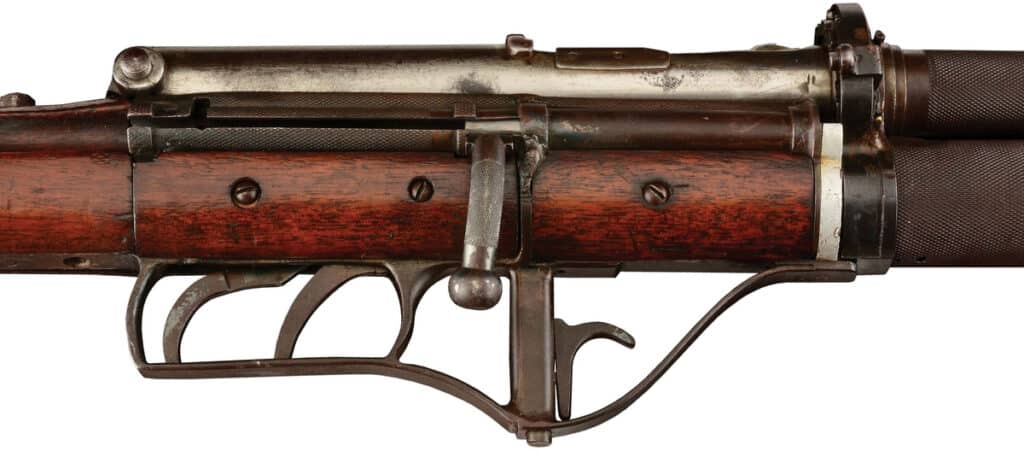




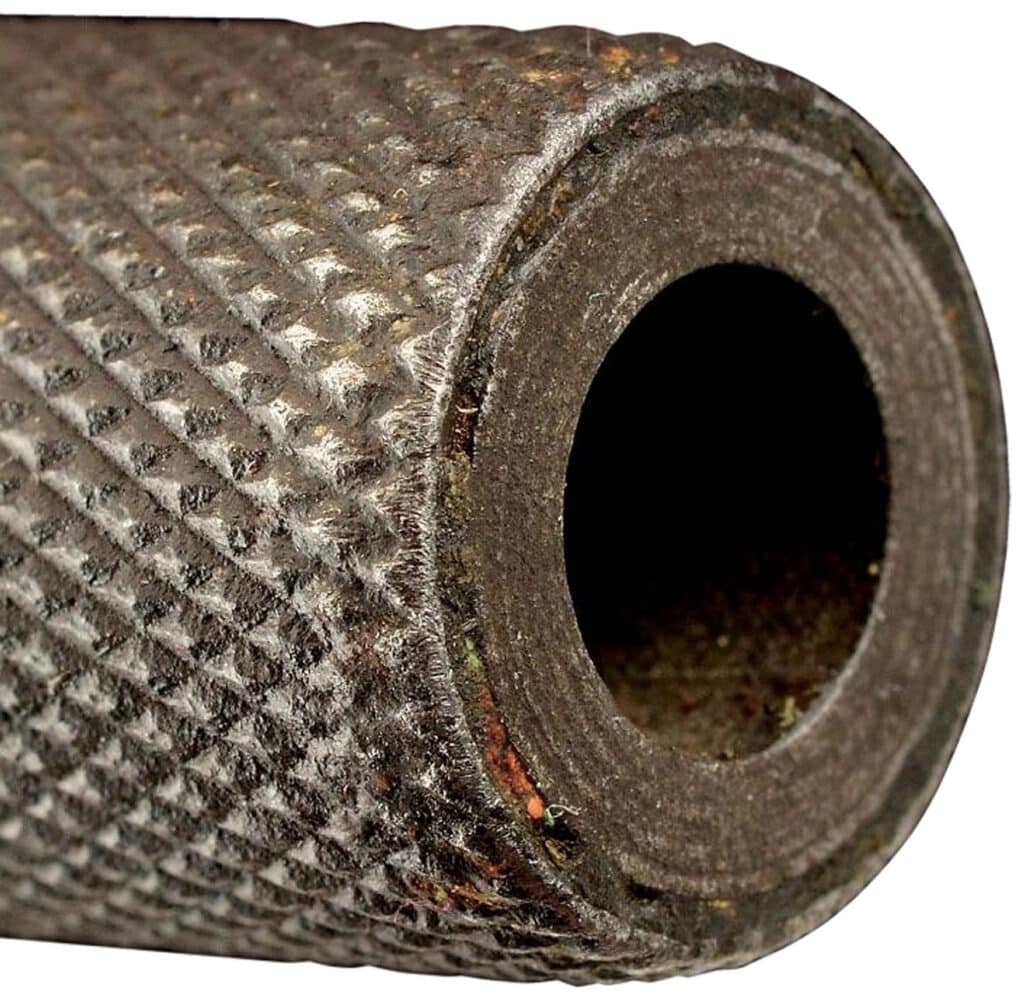
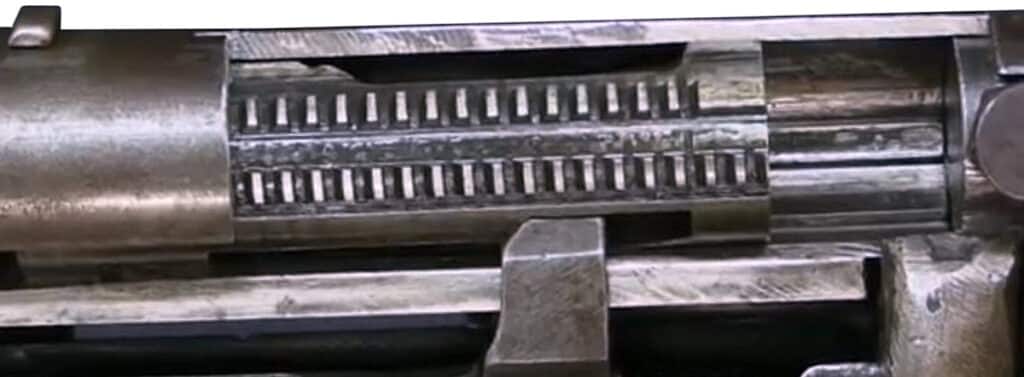
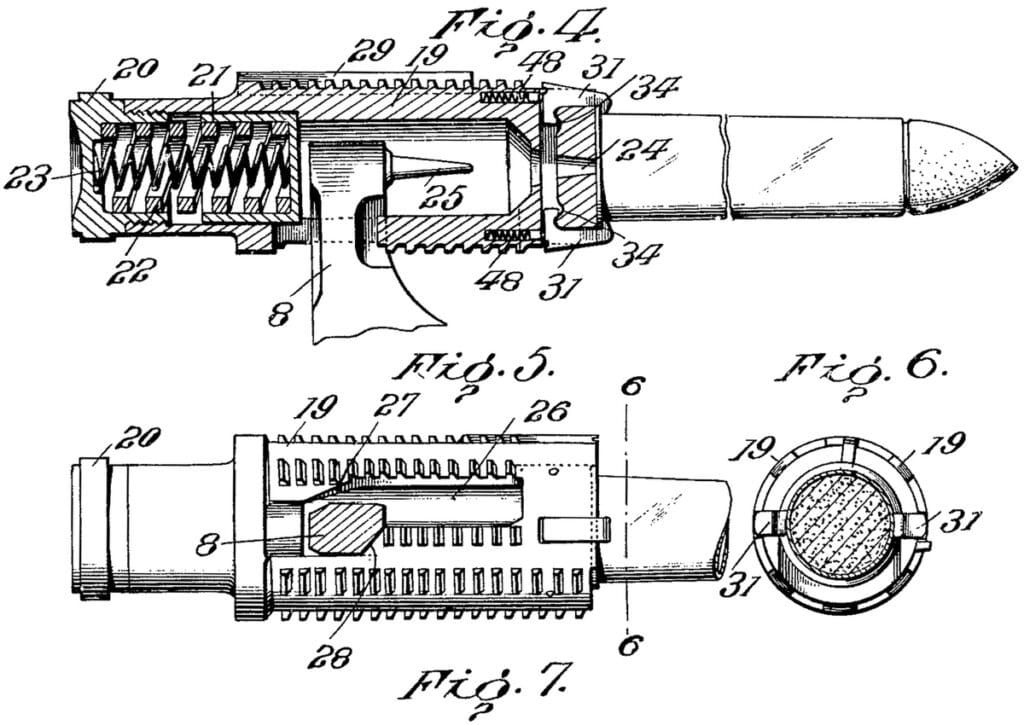




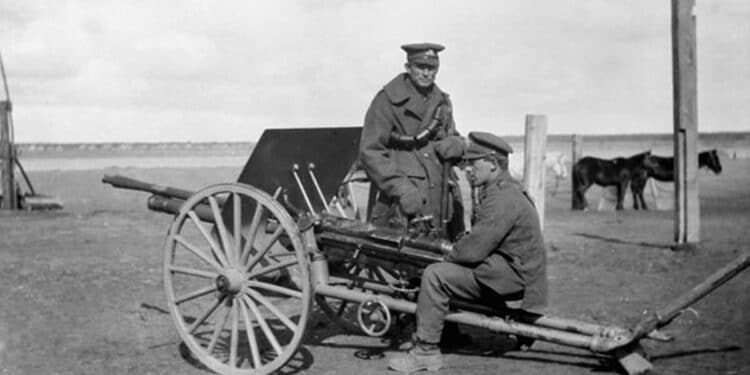

![[Book Review] Misfire: The Story of How America’s Small Arms Have Failed Our Military](https://smallarmsreview.com/wp-content/uploads/2022/08/book-review-75x75.jpg)






